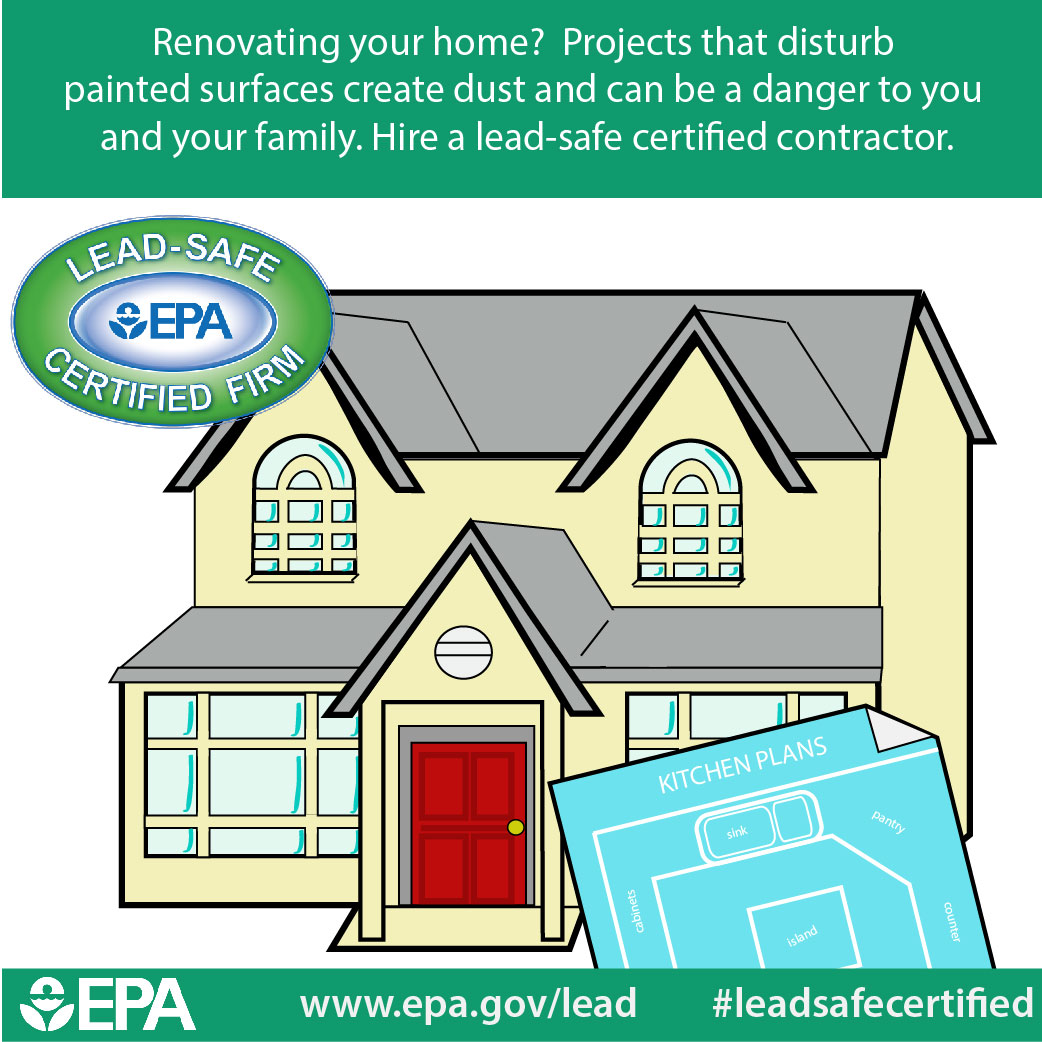Detailed Synopsis For Prepping Your Wall Surfaces Prior To Using Paint
Detailed Synopsis For Prepping Your Wall Surfaces Prior To Using Paint
Blog Article
Composed By-Mathiasen Pacheco
When you're prepping your wall surfaces for painting, it's critical to follow a systematic process to guarantee a perfect surface. Begin by analyzing the wall for any kind of damages; this action can make or break your task. When you've recognized any type of concerns, cleaning up the surface area properly is essential, as a filthy wall can affect paint attachment. Afterwards, you'll require to patch any kind of blemishes and use a guide. But there specify strategies and suggestions that can elevate your preparation video game-- allow's explore those more to accomplish the very best outcomes.
Assessing Wall Problem
Prior to you get your paintbrush, take a minute to examine your walls' problem. Look for any kind of visible damages like cracks, holes, or peeling paint. https://interiorpainternearme08642.boyblogguide.com/32292755/renew-your-home-s-appearance-by-involving-the-services-of-professional-domestic-painters can impact exactly how the paint sticks and looks when it's dry. If you discover any substantial damage, you'll require to focus on repair services prior to diving right into painting.
Look very closely at the appearance of your wall surfaces. Is the surface area smooth, or exists appearance that might require special factor to consider? Smooth wall surfaces normally need much less preparation, while textured surface areas might require more time to paint evenly.
Likewise, think about the previous paint work. If the old paint is glossy, it mightn't enable new paint to stick properly. You'll would like to know if your wall surfaces have been painted with oil-based or water-based paint, as this can affect your option of primer or paint.
Finally, bear in mind of any kind of moisture problems. If you see indicators of water damage or mold and mildew, address these troubles promptly to stop additional complications.
Cleaning the Surface
When you've examined the problem of your wall surfaces, the next step is cleaning up the surface area. Begin by gathering your supplies: a pail, warm water, a moderate cleaning agent, a sponge or fabric, and a scrub brush for harder spots.
Begin at the top edge of the wall and function your method down. Mix the detergent with cozy water in your pail, then dip the sponge or cloth into the solution. Wring it out to stay clear of excessive wetness on the wall surfaces.
As you clean, pay close attention to locations that could've collected dirt, grease, or finger prints. For persistent spots, make use of the scrub brush gently to stay clear of harming the paint below. Wash your sponge or cloth regularly in clean water to prevent spreading out dust around.
After cleansing, it's necessary to wipe the walls with a wet towel to remove any soap residue. This action guarantees a smooth surface for the new paint to stick to.
Permit the walls to dry totally before carrying on to the following prep work steps. This detailed cleaning process will assist develop a fresh canvas for your painting project, ensuring the best outcomes.
Patching and Priming
Patching and priming are vital action in preparing your walls for a fresh coat of paint. Initially, examine your walls for any type of holes, splits, or flaws. Make tulsa interior painters of a high-quality spackling compound or patching paste to fill these locations.
Use the compound with a putty knife, smoothing it out so it's flush with the bordering surface. Permit it to dry completely, and after that sand it lightly until it's smooth and even.
When you have actually covered every little thing, it's time to prime. Primer aids secure the patched areas, guaranteeing the paint sticks properly and provides a consistent finish. Pick a primer suitable for your wall surface type and the paint you'll be using.
Use the primer making use of a roller for larger areas and a brush for corners and sides. If your patched locations are significantly large or permeable, you might want to apply a second coat of primer after the first one dries.
After priming, let every little thing completely dry thoroughly before moving on to paint. This preparation will not just enhance the appearance of your wall surfaces but likewise lengthen the life of your paint work.
Take your time, and you'll be pleased with the outcomes.
Final thought
By following these simple steps, you can accomplish a smooth and professional coating on your walls. Begin by evaluating their condition, then clean and spot any blemishes before applying primer. Remember to enable appropriate drying time and make certain whatever is smooth before you study paint. With the right preparation, you'll establish the stage for a stunning transformation in your space. Now, gather your supplies, take in the fresh air, and prepare yourself to paint!
